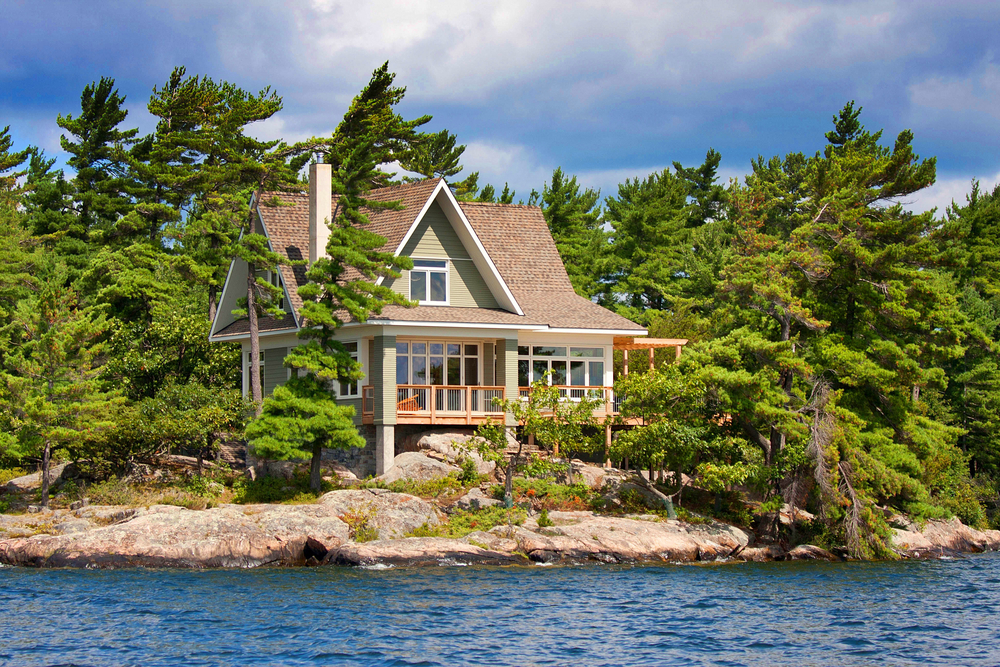Cottages became a sought-after pandemic escape as Canadians gravitated to local vacation rentals over the past few years. But some owners, though excited to turn their summer retreat into an income property, are still weary of letting strangers in. Luckily, if it’s your place, your rules apply.
“There are rules and policies that each host sets for their vacation home,” says Alison Kwong, a spokesperson for VRBO, the online vacation rental marketplace. “It gives hosts that peace of mind.”
Here are some of the common restrictions you can set for your cottage:
Guest policy
Cottage owners can restrict additional guests if they choose, or stipulate that guests can’t stay overnight. “It’s common for renters to invite people over for lunch or to hang out during the day, but when it comes to who’s sleeping there, you can be strict,” says Kwong.
Age of primary renter
The age of the primary renter is something guests need to disclose on VRBO, says Kwong. “The age restriction varies from host to host. Some set it at 25 or 21. The minimum is to prevent parties or misuse of the property. You can also require that the primary renter is staying on site to avoid a case where an older sibling, or the parent, is renting for the kids.”
Length of stay
Looking to really cash in on your income property? While you may be tempted to rent it out all year, ensure that you’re not violating your insurance policy. Some companies might allow one month of rentals, while another might allow six months. If you’re restricted to a certain length, be sure to inform potential renters before they book. Your insurance may also stipulate additional restrictions—including maximum occupancy—so familiarize yourself with your policy before setting your rental restrictions.
Pet policy
According to VRBO, one of the most popular search filters is for properties that allow pets. “It’s really fantastic to be able to bring your dog along,” says Kwong, who adds that they’re seeing a lot of that during the pandemic. But there are reasons to ask renters to leave Rover at home, including severe allergies, protection from possible damage, or having to pay a premium on housekeeping fees.
Local rules
Hosts have a variety of preferences for what happens on their property, and many will restrict things like smoking or holding events. Beyond that, make sure you and your renters are following local rules and bylaws. For example, not all lakes allow motor boats, or your municipality may be under a fire ban. “It’s just a win-win for everybody when you’re abiding by the local rules and restrictions in that community,” says Kwong.











